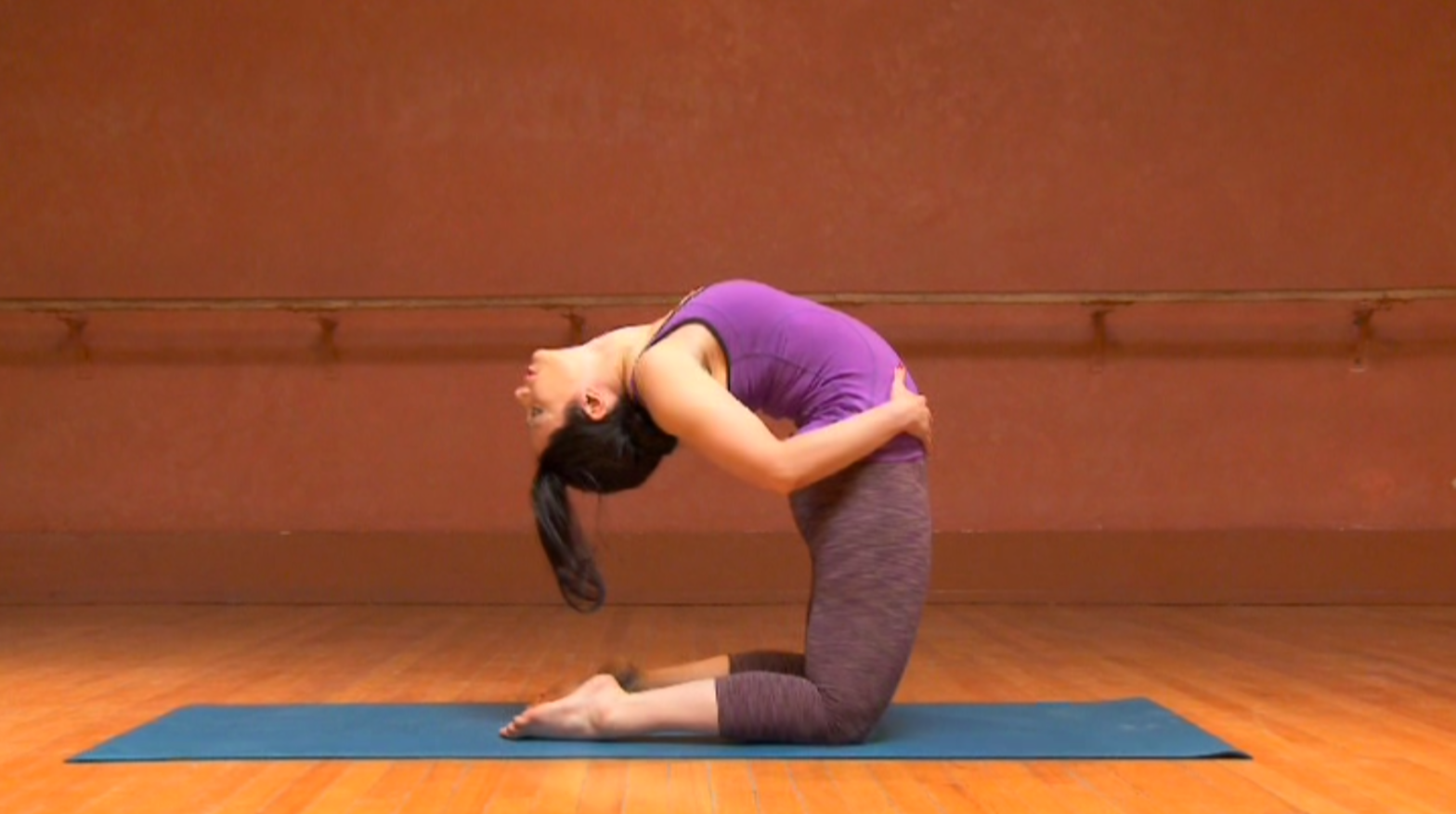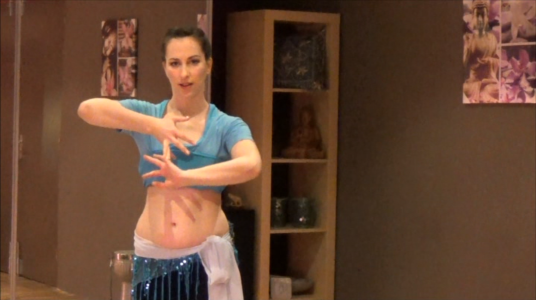Ever since I’ve started taking ballet classes, I’ve been on the lookout for really great flexibility programs. Ballet does help with a certain amount, but one or two classes a week don’t make up for being in my thirties’ and sitting at a desk all day. And when I can’t go to ballet for a few weeks, my flexibility decreases dramatically.
A while ago I reviewed Kristina Nekyia’s Get Bent – Circus Style Flexibility Training DVD — you can read the review here. It was a program I enjoyed a lot, but it was definitely intense and split-heavy, which meant I wasn’t likely to turn to it when feeling particularly stiff. Now Kristina has a new DVD out, Bendy Body – A Flex-stability Workout. Look, this was a review copy as was the other one, but I’ve worked with a number of stretching programs lately, and this one is the answer to my dreams.

So what makes Bendy Body different? First, it incorporates three different kinds of stretching: passive stretching (using an external force to increase the stretch), resistance stretching (in which you contract the muscle for a few seconds and then release), and active stretching (using the strength of your own muscles).
It’s a video that can be used to work on increasing flexibility, but it’s also a fantastic program for when you’re tight. (I’ve used it while taking ballet classes, but also on break and after a lot of traveling.) It takes very little space and equipment, since it’s all basically on a mat. You can use two straps, but I’ve also just done it on a bed with towels instead of the straps. It’s also mostly done lying or sitting, so it’s easy to do when feeling low-energy.
My favorite thing about Bendy Body though is that instead of having you hold one stretch for a very long time, Kristina shifts the stretch slightly in a number of small ways so that you don’t get bored, and stretch any given muscle from more angles. Because of all these little variations, I’ve found a number of delicious stretches that were new to me. There were a few more mobile stretches too, some of which were quite challenging (one beyond me), but it was easy enough to modify.

Bendy Body begins with a useful introduction, then moves on to four sections:
- Stretching the Legs and Hips
- Releasing the Lower Back
- Opening the Shoulders
- Backbends
You can choose any of these sections from the DVD menu, or do the entire program as one — it takes about 70 minutes. The bulk of Bendy Body is dedicated to legs and hips, which makes it particularly useful for dancers, but I found the entire program therapeutic when my back or knees start to complain.
The other interesting thing about Bendy Body is that it doesn’t hurt the next day, the way I’ve experienced with a few other deep stretching programs. It makes pain go away, in fact, and feels more like a workout than like a deep stretch. Basically, it feels good. I haven’t done it often enough to speak to whether it is effective at increasing flexibility in the long term. What I would say is that it’s a DVD I’m very likely to turn to again and again, simply because of the ease of use and pleasure of doing it — and that’s likely to help more than a very intense program I do once a year.

What Bendy Body is not is a splits program. While it works on building flexibility necessary for both kinds of splits, you never practice splits per se. Because I’m very far away from that anyway, I don’t see this as a loss. That’s what Get Bent is for. But I should say that while Get Bent is more intense, I find the quality of instruction on Bendy Body far superior. Given the focus on really good form and active stretching, it’s also a better choice for dancers.
Production quality is excellent, and Kristina narrates the program in a calm, encouraging voice. In short: Kristina Nekyia’s Bendy Body is a new favorite, and I highly recommend it to anyone interested in general flexibility, stretches useful for dance, contortion, or simply improving the strength and health of their shoulders, back, and knees.












